The V8-Fuelled Resurrection of a Legend—Where Opera Meets Octane and Alejandro De Tomaso’s Ghost Gets the Last Laugh
Imagine if the ghost of Alejandro de Tomaso, clad in a leather driving jacket and holding a glass of Barolo, burst into the 21st century, marched into a carbon-fibre laboratory and bellowed, “Build me a car that looks like sex and sounds like thunder!”—you’d get the De Tomaso P72.
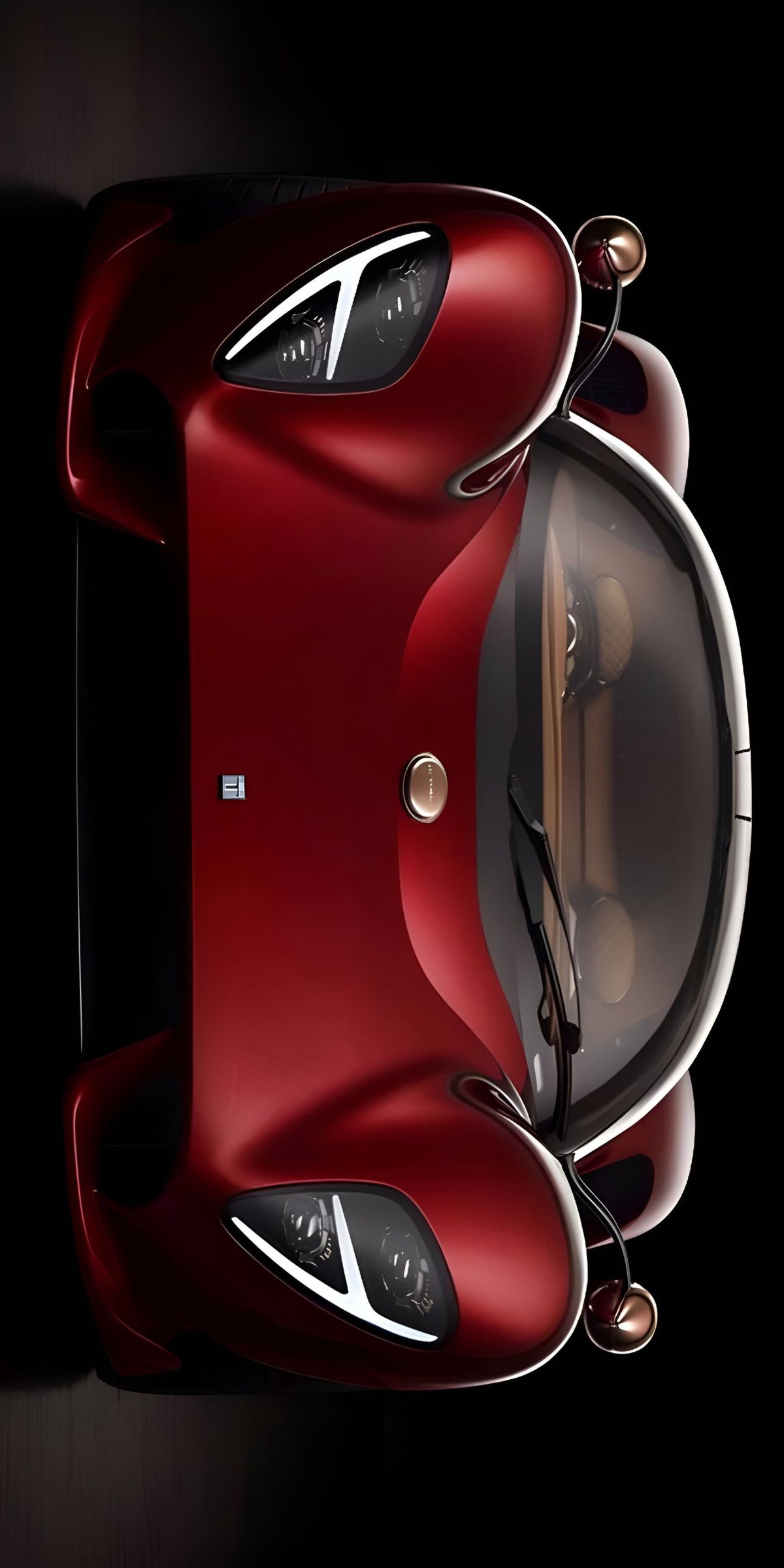
This is not merely a car. It’s a rolling Italian opera, with German engineering, American muscle, and a British designer, all somehow conspiring to create what can only be described as a car that looks like it time-travelled here from the paddocks of Le Mans, circa 1965, with a martini in its hand and no regard for lane assist or Apple CarPlay.
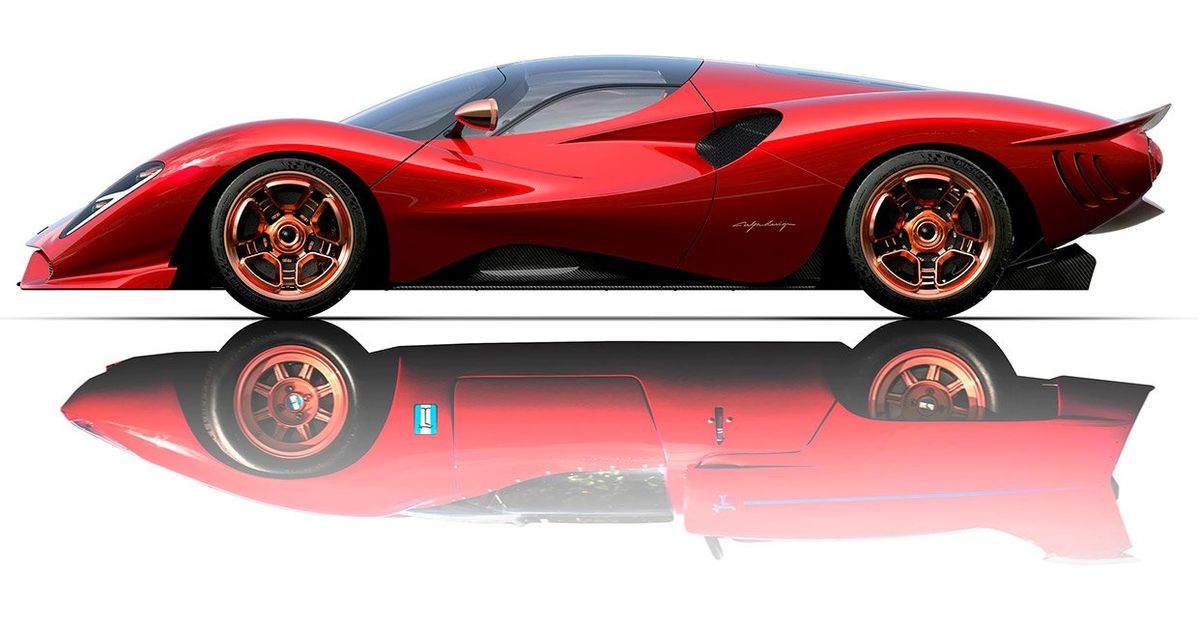

Let’s start with the drama. De Tomaso, the brand, has had more resurrections than the average soap opera character. It died, came back, was sold, forgotten, found, and then—bam!—in 2019, it shows up at the Goodwood Festival of Speed with the P72. And suddenly, every bloke who grew up with a Pantera poster on their wall needed fresh trousers.
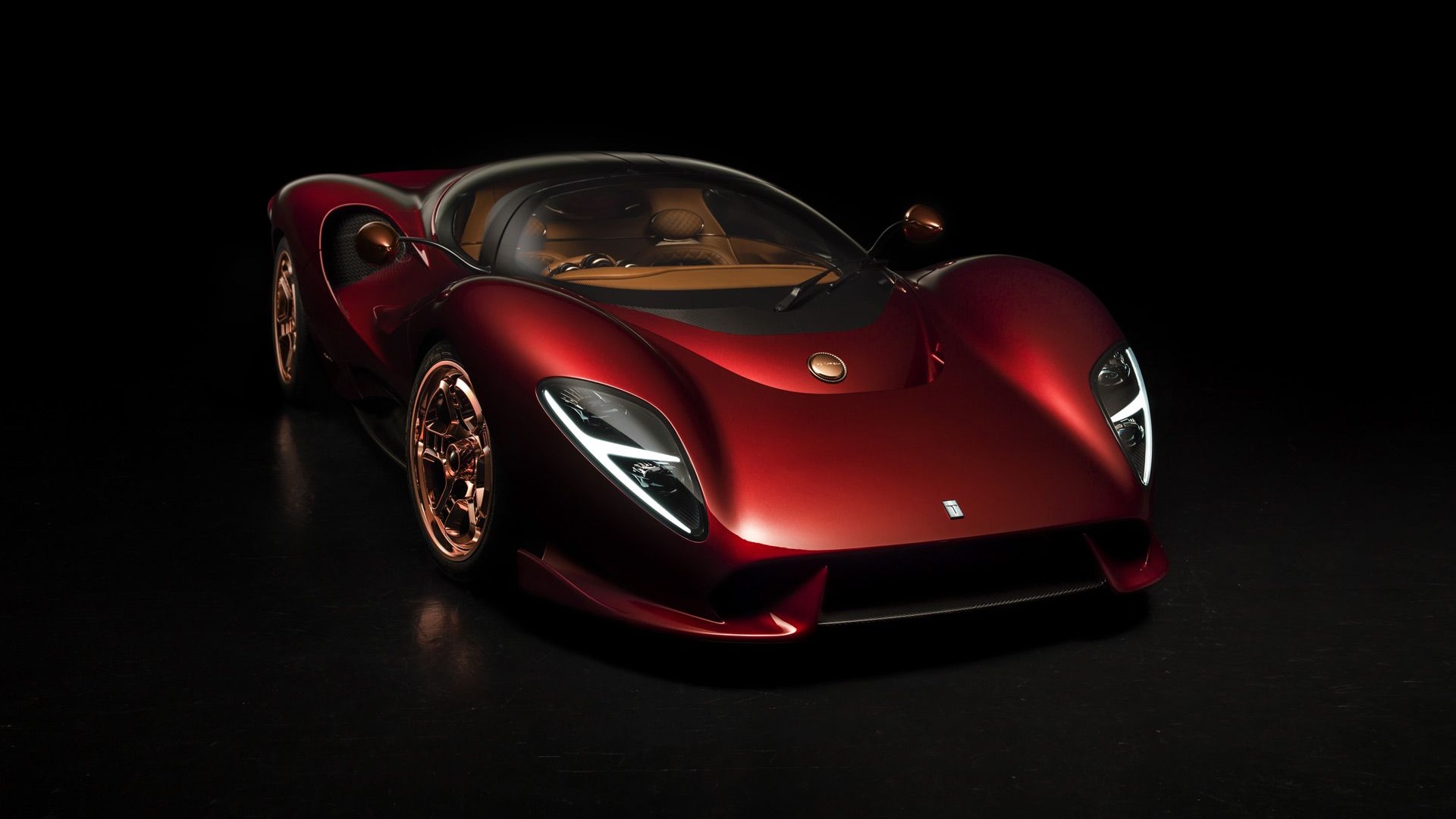
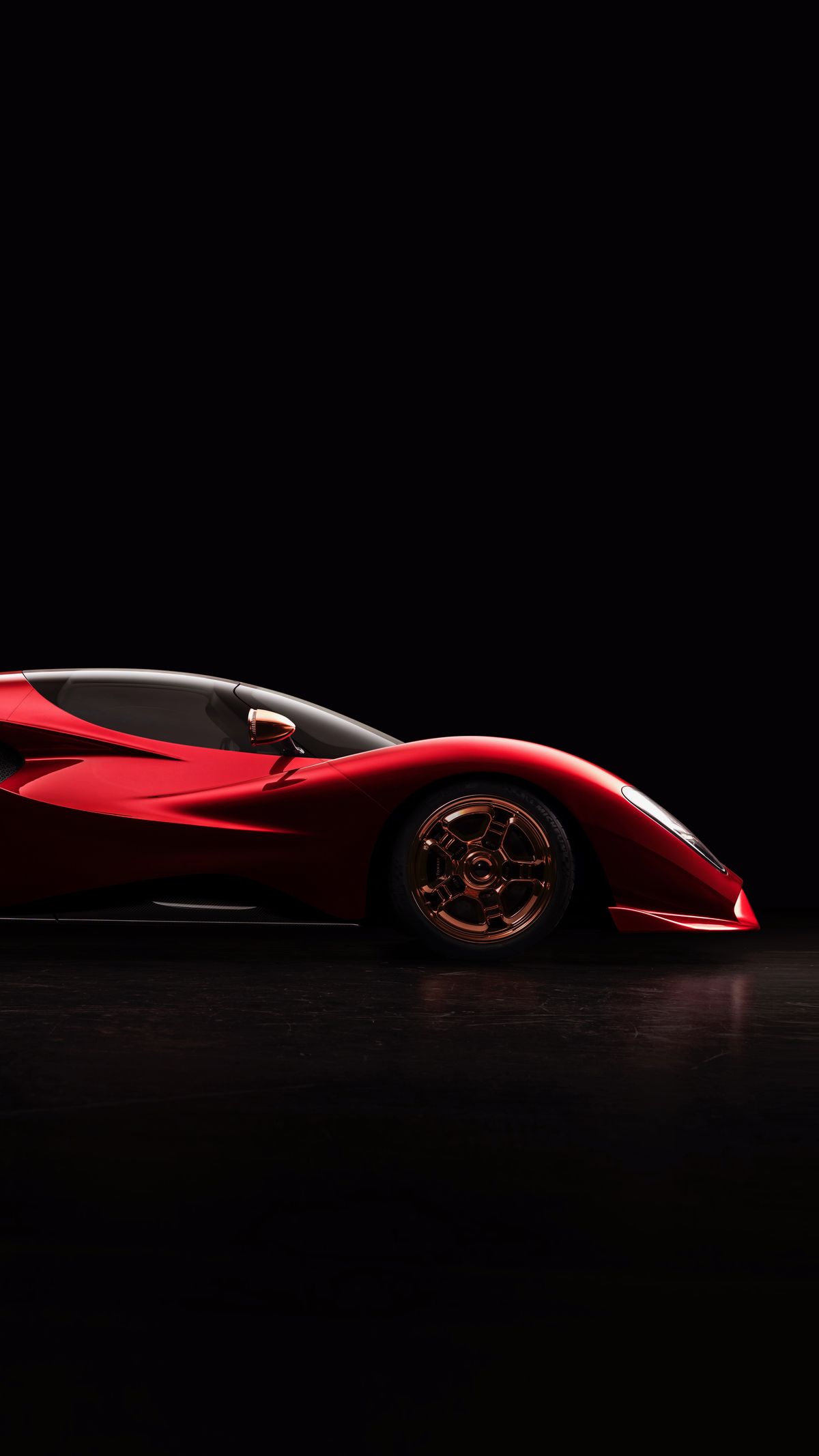
Behind the scenes? The rebirth is courtesy of Norman Choi, a Hong Kong businessman with petrol for blood, and Jowyn Wong, the designer who previously penned the Apollo IE—another car that looks like a dragon mated with a stealth bomber. But here, Jowyn went retro. So retro, in fact, that the car looks like it should come with Steve McQueen’s signature in the glovebox.
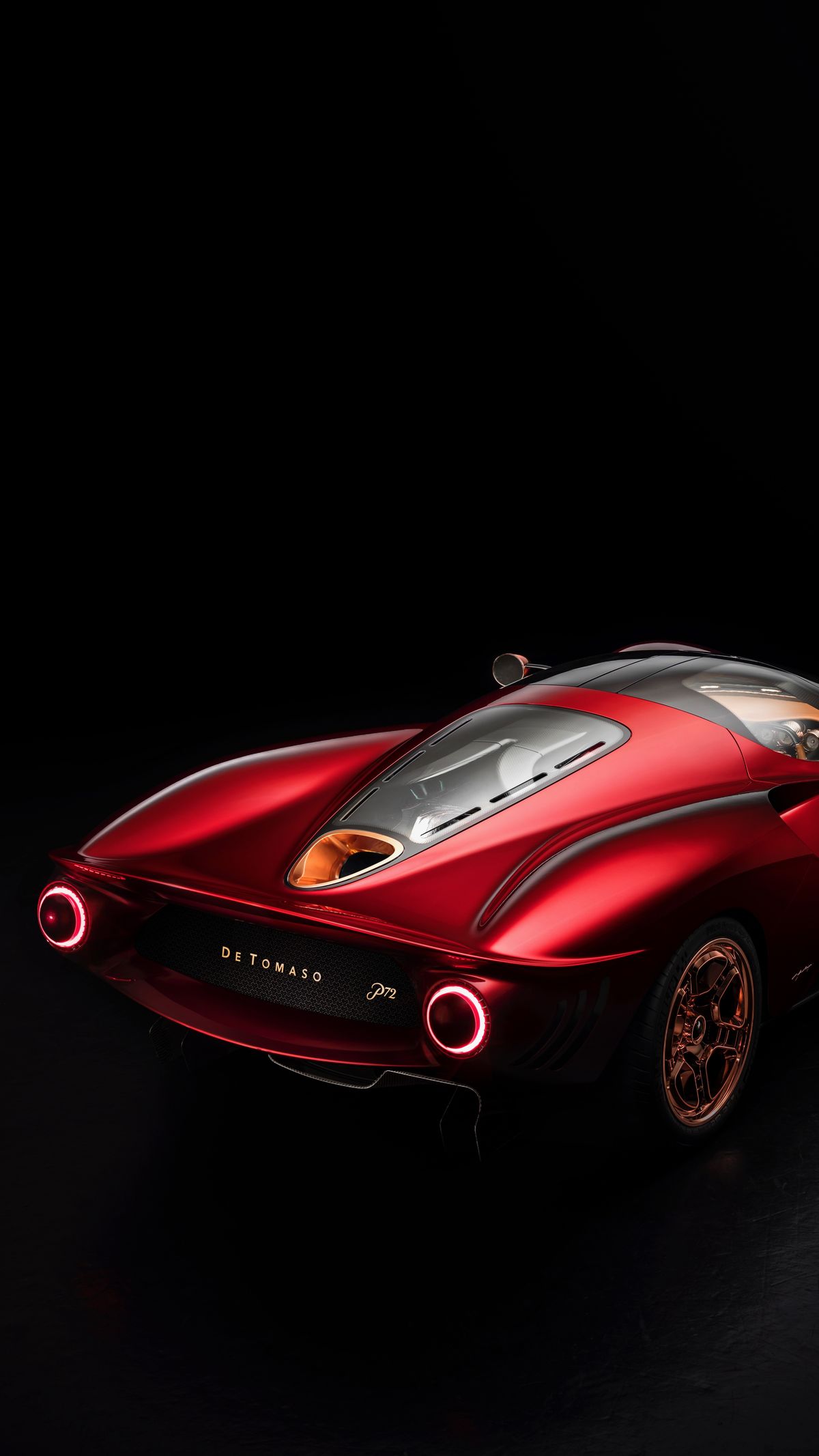
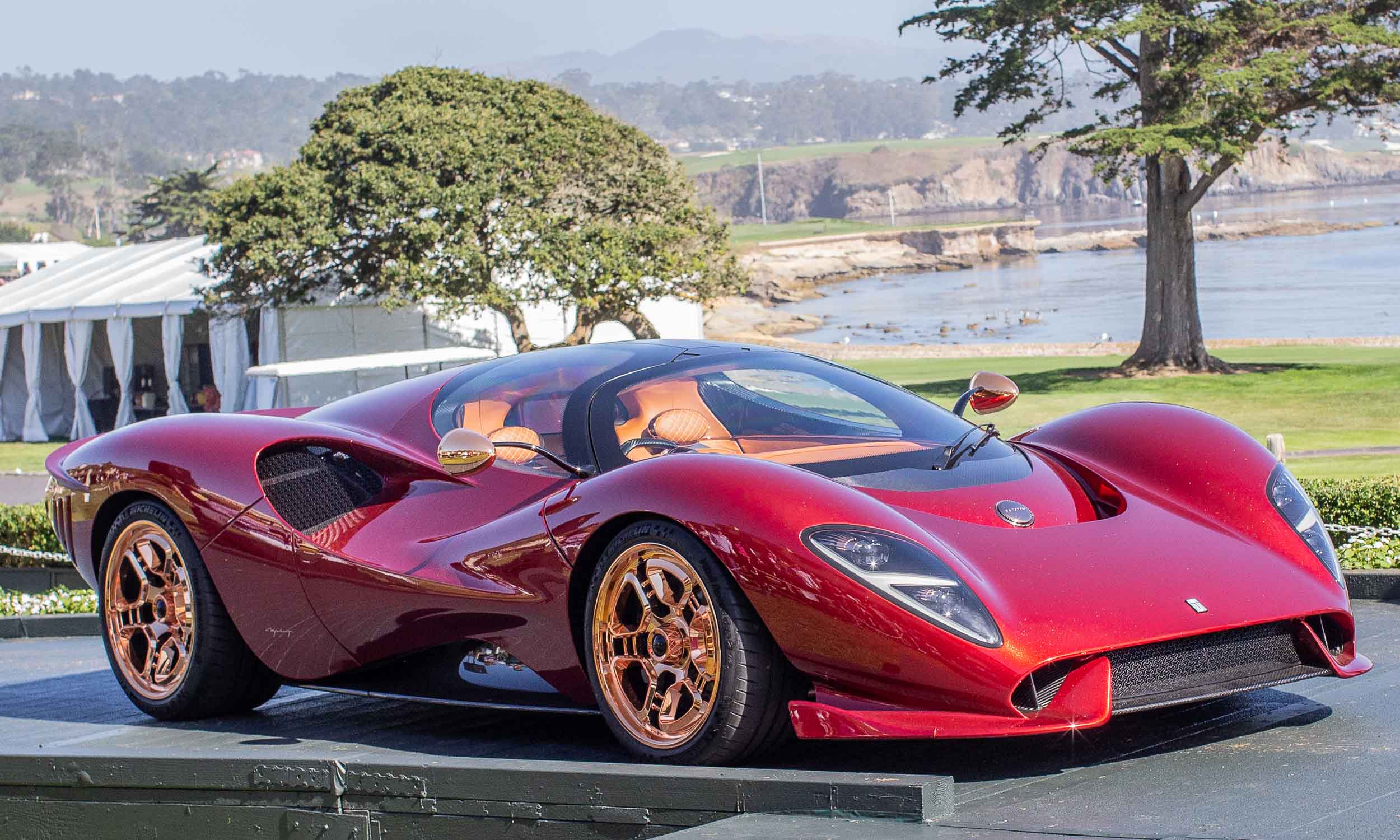
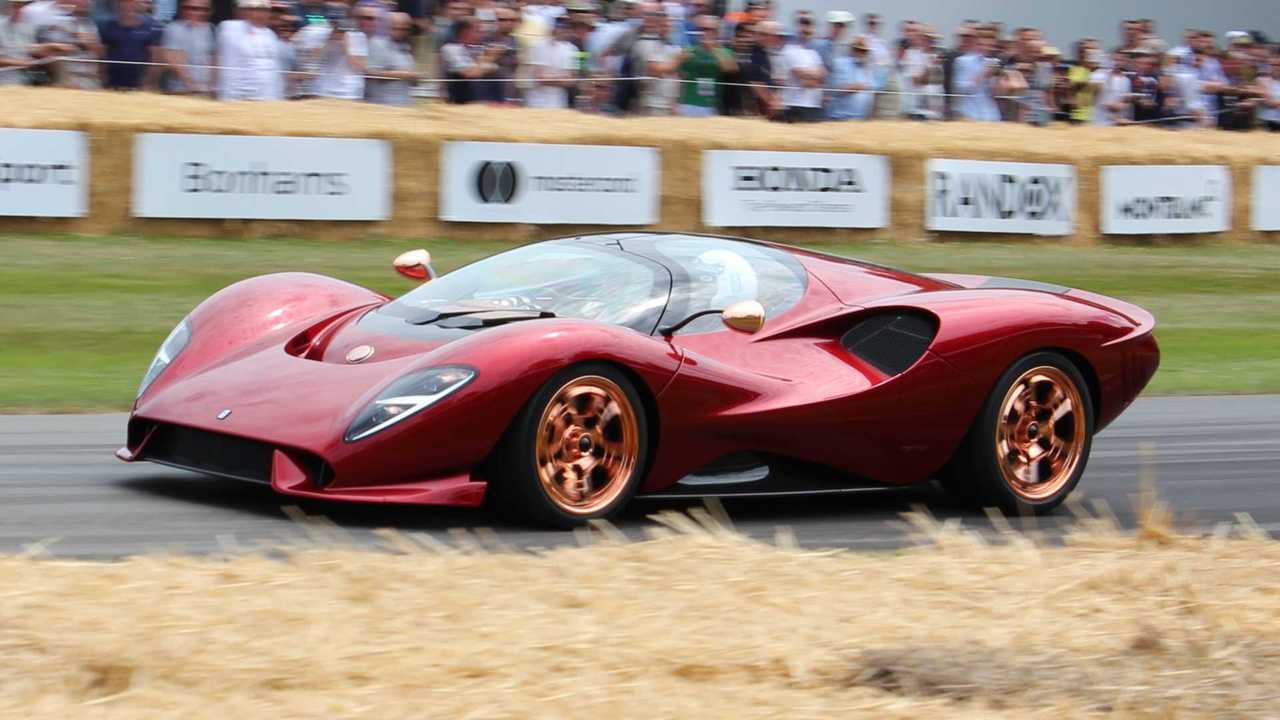

Under that curvaceous body? A Roush-tuned 5.0-litre Ford Coyote V8, supercharged to produce around 700 horsepower, mated to a 6-speed manual gearbox. No flappy paddles. No electronic interference. Just clutch, gearstick, and hopefully a kidney donor on speed dial.

The chassis? It's a carbon-fibre monocoque derived from an LMP1 Le Mans prototype. Yes, you read that correctly: it’s a luxury tribute to 1960s sports racers with a literal endurance racing spine. That’s like building a Victorian townhouse on the chassis of a nuclear submarine.
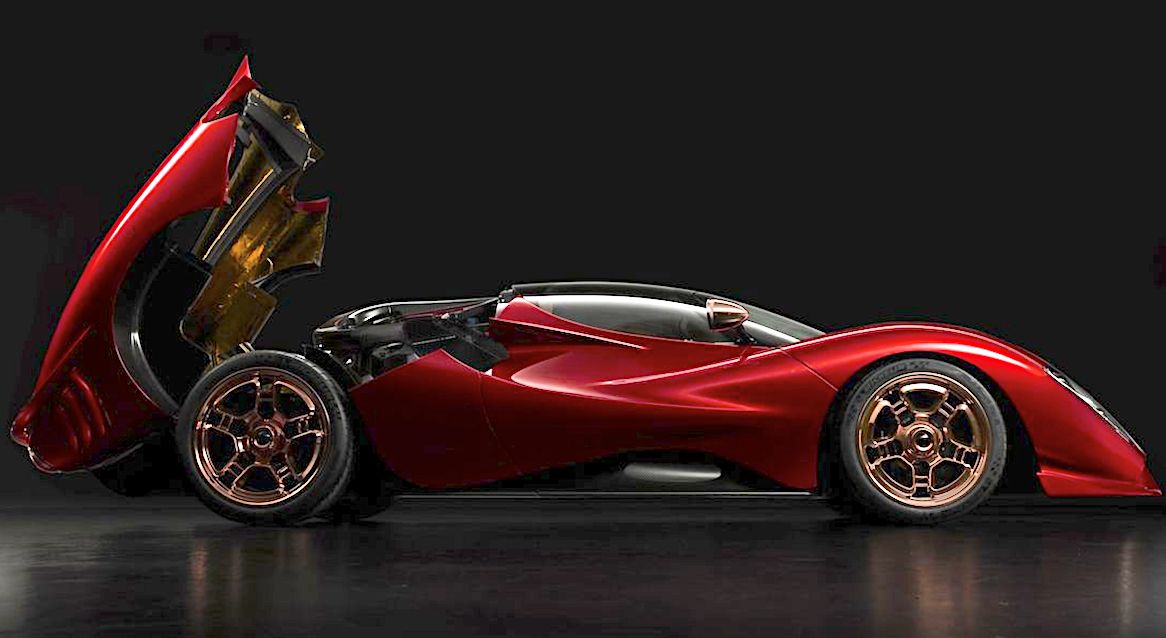
Inside? Oh dear lord. Brass switchgear. Quilted leather. Dials that look like they belong on a Swiss chronograph. It’s as if Horacio Pagani spent a night in an E-Type and woke up with a sudden desire to make love to analogue craftsmanship. It’s opulent, ostentatious, and completely mad.

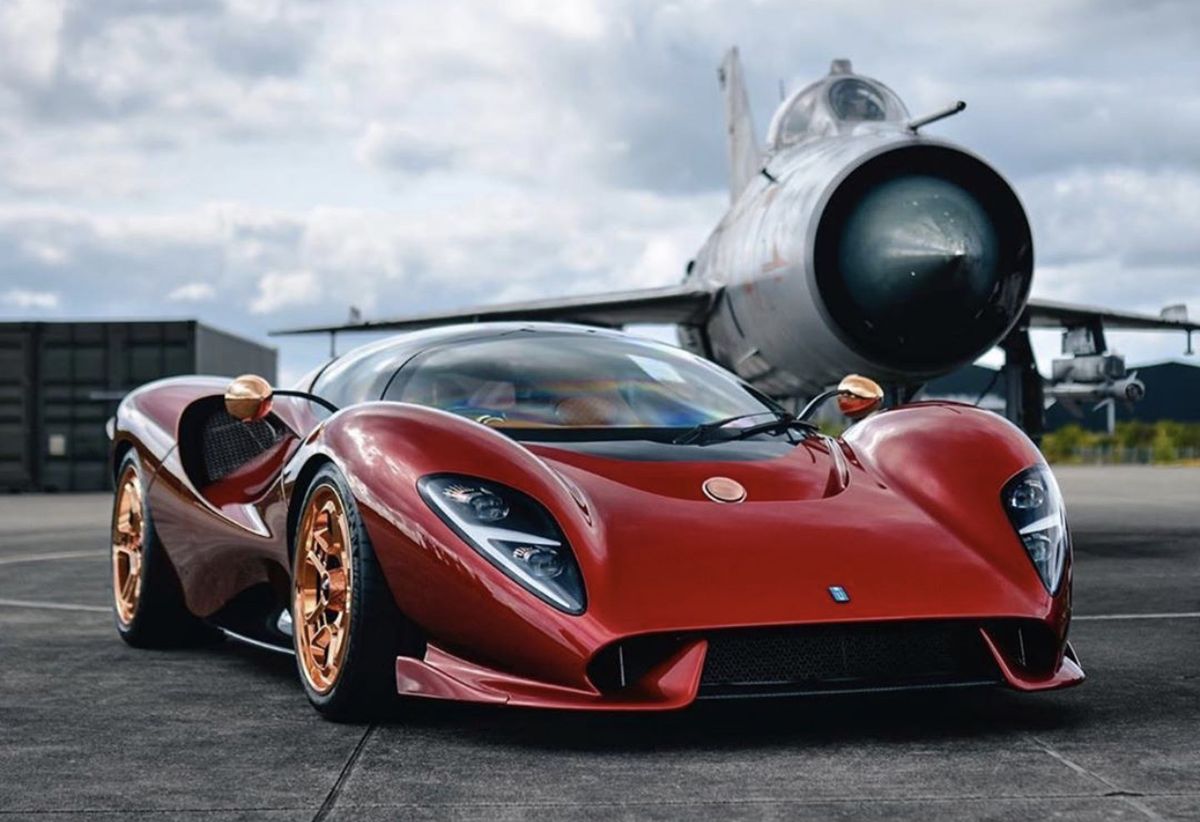
But here's the rub: only 72 units will be made. Which is ironic, because that’s about the number of times someone will stop you to ask “Is that a concept car?” every time you drive it.
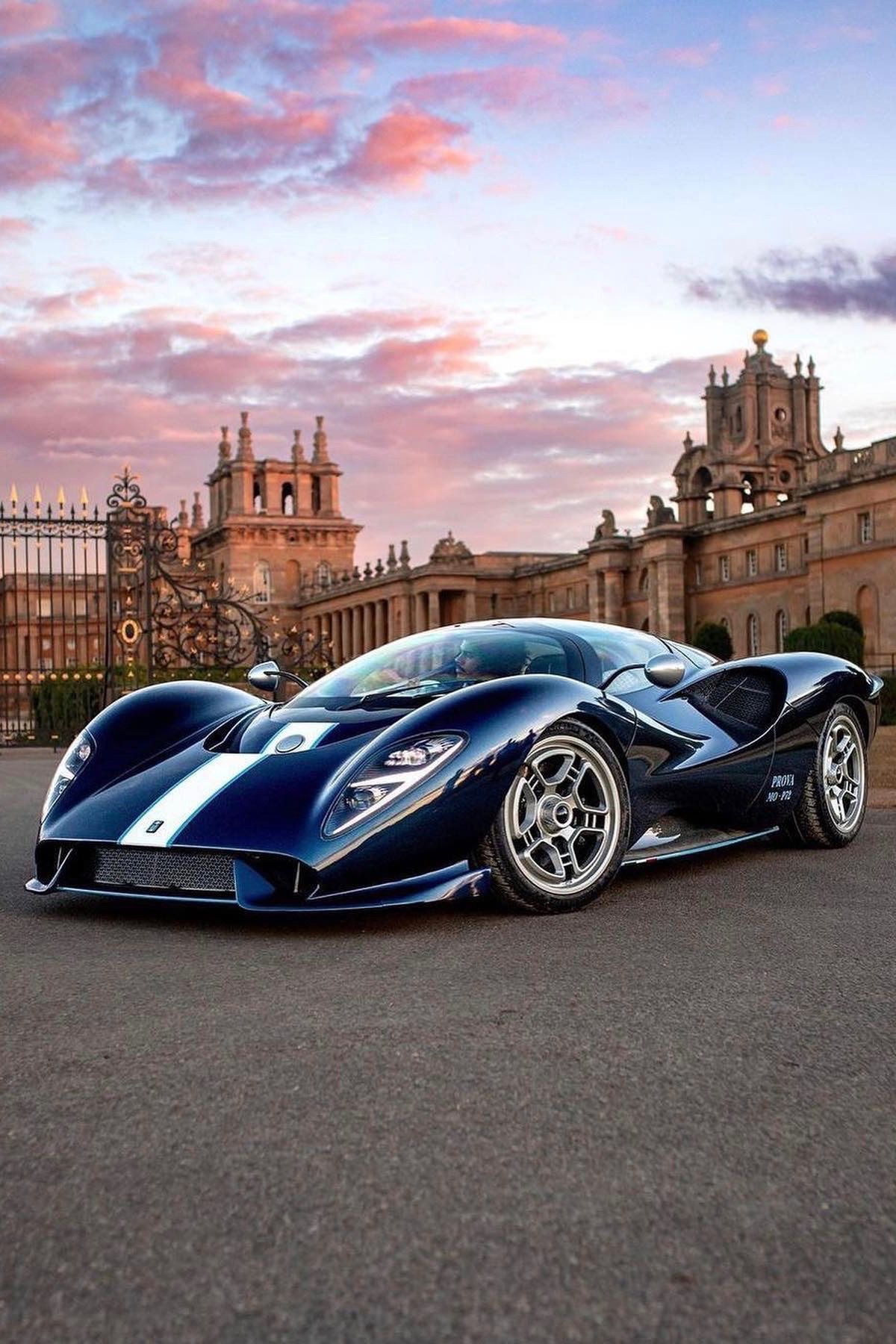
In the end, the P72 is not the fastest car in the world, nor the most advanced. But it is, without a shadow of doubt, one of the most emotionally powerful automobiles ever made. It’s a love letter to motorsport, to aesthetics, to madness. And in a world of touchscreen SUVs and EVs that whisper, the De Tomaso P72 roars.
-
Antoine de Saint-Exupéry, French writer and pioneering aviator